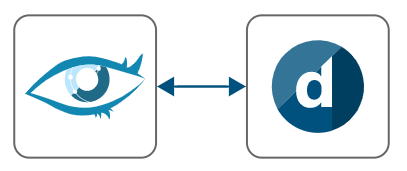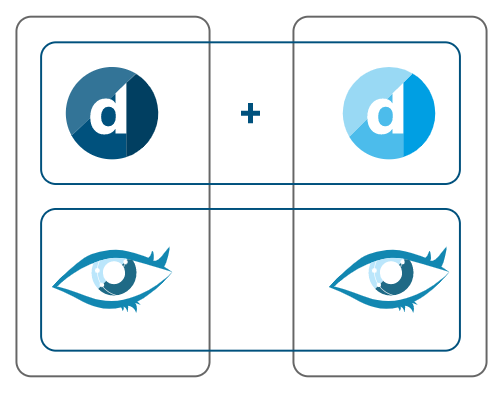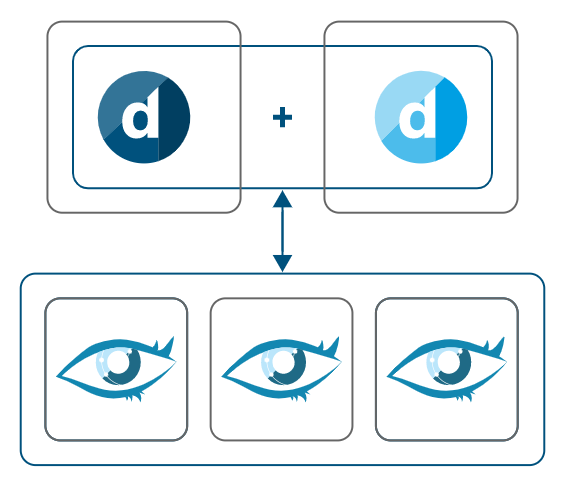Separate Cassandra setup without indexing
Important
This architecture is currently still supported, though it is not recommended. Instead, we recommend using Storage as a Service (STaaS).
With this architecture, each DMA has its own Cassandra database (which can be a cluster with several nodes). No indexing database is used, which means that certain DataMiner features will not be available.
In DataMiner Systems that use this architecture, several DataMiner features are not available. This includes the Swarming feature as well as all features that require an indexing database.
Tip
For information on how to migrate a legacy setup with MySQL/MSSQL database to Cassandra, see Migrating the general database to Cassandra.
Note
In the setups described below, a "machine" or "compute node" can be a virtual machine or a physical server. Every machine must meet the minimum requirements detailed in DataMiner Compute Requirements. In the images illustrating the setups, the dark-blue line indicates a cluster of nodes, the gray line indicates a compute node, and the light-blue line indicates a regional boundary (high latency).
By default, Cassandra is installed on the same machine as DataMiner. However, we strongly recommend moving the Cassandra database towards an external Linux machine, so that DataMiner and Cassandra do not affect each other during heavy operations, and you can use more recent software versions (Cassandra is no longer supported on Windows starting from Cassandra 4.x and DataMiner 10.4.x). The best way to do so is by adding one or more external nodes to the Cassandra cluster and then decommissioning the original node on the DataMiner machine. See Adding and removing nodes in a Cassandra cluster database.
In case Cassandra struggles with the load generated by DataMiner, you can add additional Cassandra nodes. In that case, DataMiner will connect to one of the nodes, which will act as a coordinator that makes sure the data is stored in the appropriate nodes.
In case of a DataMiner Failover pair, the Cassandra nodes on each of the DMAs are grouped in a cluster, which can be customized. It is the active DMA that connects with the Cassandra database.

DataMiner and Cassandra hosted on the same machine

Cassandra running on an external machine

A Cassandra database of three nodes

Default Failover configuration with a Cassandra database consisting of two nodes hosted on the same machines as DataMiner

Failover pair with external Cassandra database of three nodes
Note
If a "Database per Agent" setup is configured, one Cassandra cluster is used per Failover pair. Consequently, if a DMS consists of a single Failover pair, it will use a single Cassandra cluster, even if it is not a "Database per cluster" setup. The main difference with a "Database per cluster" setup (also known as a "Cassandra Cluster setup") in this case is that no Elasticsearch database is required, while this is always required for a "Database per cluster" setup.